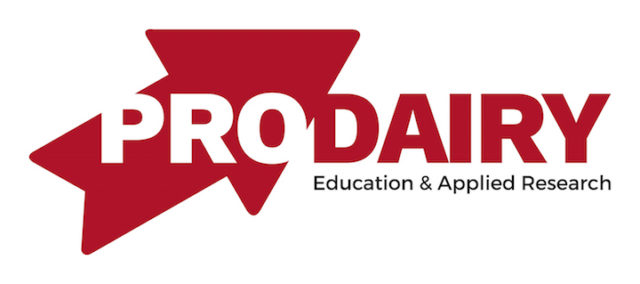Congressman Collin Peterson, ranking member on the House Agriculture Committee, has introduced a dairy policy "discussion draft" aimed at improving the long-term prospects for dairy farmers. The Minnesota Milk Producers Association and the Wisconsin Dairy Business Association would like to thank Congressman Peterson and the National Milk Producers Federation for starting the dairy policy debate. Unfortunately, the policies included in the draft legislation need to be modified before moving forward.
The draft is crafted to closely mirror Foundation for the Future, the package of elements that the National Milk Producers Federation has claimed is the answer to the myriad of challenges that dairy farmers have faced over the past few years, including dramatic price volatility.While NMPF claims that the so-called stabilization program will limit volatility, it will do so only at the expense of our growing export market.U.S. milk production increased about 15 percent, from 165 billion pounds in 2001 to nearly 193 billion pounds in 2010.
Wisconsin's production has grown significantly over the last decade as well. However, that growth would not have been possible if U.S. dairy exports had not more than doubled over that same period of time.
So far this year more than 13 percent of U.S. milk production is accounted for by exports. Growing domestic markets simply could not absorb this growth.
The supply management program will remove the U.S. dairy industry as a consistent supplier to the world market by potentially pricing our commodities out of the global marketplace at times, causing a decrease in demand for U.S. dairy exports and more milk price volatility.
The draft language proposes the solution to our federal minimum pricing system is to raise the price of Class I milk. NMPF tried this a few years ago, but thanks in part to efforts by the Upper Midwest dairy industry it was stopped; they are back at it again with this latest plan.
When Class I farm milk prices are increased, Class III farm milk prices go down, further discriminating against Upper Midwestern dairy farmers. Dairy Profit Weekly reports that, despite six years of 2 percent annual growth, Minnesota milk production has been down the first two quarters of 2011, 1.1 and 3.2 percent, respectively.
Yet Minnesota dairy farmers would have been required to reduce an additional 4 to 8 percent of their milk production under the proposed FFTF Dairy Market Stabilization Program. If the dairy farmers didn't cut back on their production, they would have been penalized by the federal government.
The margin insurance safety net provision of the plan is a good start, but falls far short of providing a viable safety net for average Wisconsin and Minnesota dairy farmers.
Wisconsin and Minnesota have a diverse dairy industry. The current proposal does little to sustain this diversity. Adjustments in the premium rates and coverage must be made in order to have a program that covers all producers in a fiscally responsible manner.
Dairy is the largest contributor to Wisconsin's economy and a stable economic contributor to Minnesota, yet both states face milk deficits due to the states cheese making demands.
Cheese plants in Wisconsin and Minnesota continue to expand their cheese making capacity. This growth provides more opportunity for dairy farmers, more jobs, and more economic impact to each state.
The two states account for nearly 20 percent of the milk produced in the U.S., which translates into 186,000 jobs and an economic impact of over 38 billion dollars annually.
We believe the answer to the volatility problem is through better risk management tools and are prepared to work with Congressman Peterson and the National Milk Producers Federation to incorporate these ideas.
Our organizations want dairy policy reform, but not at the expense of farmers and others who rely on the industry for their livelihood. While we don't agree on all of the components of this draft, we whole heartily agree that changes must be made.
We thank Congressman Peterson and NMPF for taking the first step by starting the conversation.
To view PDF version click here. PD
—Minnesota Milk Producers Association news release




